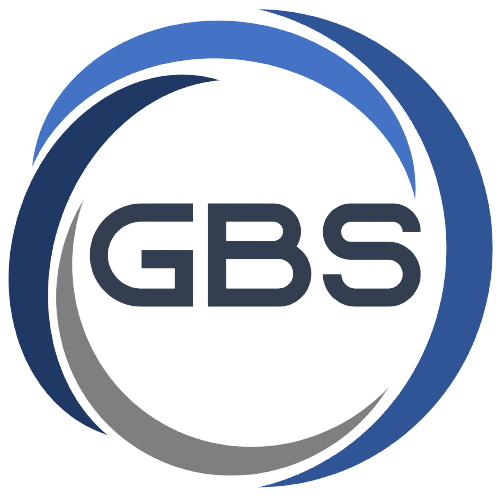Human Resources (HR) is often viewed as a support function focused on recruitment, payroll, and compliance. However, in today’s competitive business landscape, HR plays a crucial strategic role that can drive overall organizational progress and growth. Here’s how HR can be a catalyst for transforming your organization.
1. Strategic Talent Acquisition
HR’s role in talent acquisition goes beyond filling vacancies. Strategic HR aligns hiring practices with the company’s long-term goals and vision, ensuring that the right talent is brought on board. This involves understanding the skills and competencies needed not just for current roles, but for future growth. Effective talent acquisition includes:
- Workforce Planning: Anticipating future staffing needs based on business goals.
- Employer Branding: Attracting top talent by promoting the company’s values and culture.
- Diverse Recruitment Channels: Utilizing various platforms and networks to reach a broad talent pool.
Impact: By aligning recruitment with strategic goals, HR ensures a pipeline of skilled employees who can drive innovation and growth.
2. Employee Development and Training
Continuous learning and development are essential for keeping the workforce skilled and competitive. HR plays a pivotal role in:
- Training Programs: Developing and implementing training that aligns with organizational needs.
- Career Development: Providing opportunities for career progression and personal growth.
- Performance Feedback: Creating a culture of regular feedback and constructive appraisal.
Impact: Investment in employee development enhances productivity, reduces turnover, and equips employees with skills that are critical for organizational success.
3. Enhancing Employee Engagement
Employee engagement is directly linked to productivity, innovation, and retention. HR can foster engagement through:
- Recognition Programs: Acknowledging and rewarding employees for their contributions.
- Work-Life Balance Initiatives: Implementing policies that support a healthy work-life balance.
- Employee Surveys: Regularly soliciting feedback to understand and address employee concerns.
Impact: Engaged employees are more committed, productive, and likely to stay with the organization, driving overall growth.
4. Building a Positive Workplace Culture
A strong organizational culture attracts talent and retains employees. HR can influence culture by:
- Defining Core Values: Establishing and promoting values that align with the company’s mission.
- Cultural Initiatives: Organizing events and activities that reinforce the desired culture.
- Leadership Development: Training leaders to embody and promote the organizational culture.
Impact: A positive workplace culture fosters collaboration, innovation, and loyalty, which are essential for growth.
5. Data-Driven Decision Making
Modern HR leverages data and analytics to inform decision-making. This includes:
- HR Metrics: Tracking metrics such as turnover rates, employee satisfaction, and performance levels.
- Predictive Analytics: Using data to predict future trends and address potential challenges.
- Employee Insights: Analyzing data from employee surveys and feedback to make informed improvements.
Impact: Data-driven HR enables proactive management and strategic planning, leading to better organizational outcomes.
6. Effective Change Management
In times of change, HR plays a crucial role in managing transitions smoothly. This involves:
- Communication Strategies: Ensuring transparent and consistent communication during changes.
- Support Systems: Providing resources and support to help employees adapt.
- Feedback Mechanisms: Collecting and addressing employee concerns throughout the change process.
Impact: Effective change management minimizes disruption, maintains morale, and ensures the organization adapts swiftly to new circumstances.
7. Compliance and Risk Management
HR ensures that the organization complies with labor laws and regulations, thus minimizing legal risks. This includes:
- Policy Development: Creating and enforcing HR policies that comply with legal standards.
- Training on Compliance: Educating employees and managers about compliance and ethical conduct.
- Risk Mitigation: Identifying and addressing potential HR-related risks before they become issues.
Impact: Compliance and risk management protect the organization from legal issues and create a fair, respectful workplace.
8. Fostering Innovation
HR can create an environment that encourages creativity and innovation by:
- Idea Platforms: Providing tools and platforms for employees to share and develop new ideas.
- Collaborative Spaces: Creating physical and virtual spaces that facilitate brainstorming and collaboration.
- Recognition of Innovation: Rewarding employees who contribute innovative ideas.
Impact: Fostering innovation drives business growth by encouraging continuous improvement and new solutions.
Conclusion
HR is no longer just an administrative function; it is a strategic partner in driving organizational growth. By focusing on strategic talent acquisition, employee development, engagement, culture, data-driven decisions, change management, compliance, and innovation, HR can transform how organizations operate and grow. Embracing HR as a strategic asset ensures that the workforce is aligned, motivated, and equipped to achieve the company’s goals, ultimately leading to sustained success and progress.
Explore how Pinnacle HRMS can support your HR initiatives and drive organizational growth. Learn more.
Feel free to connect with us for more insights on optimizing your HR functions.


